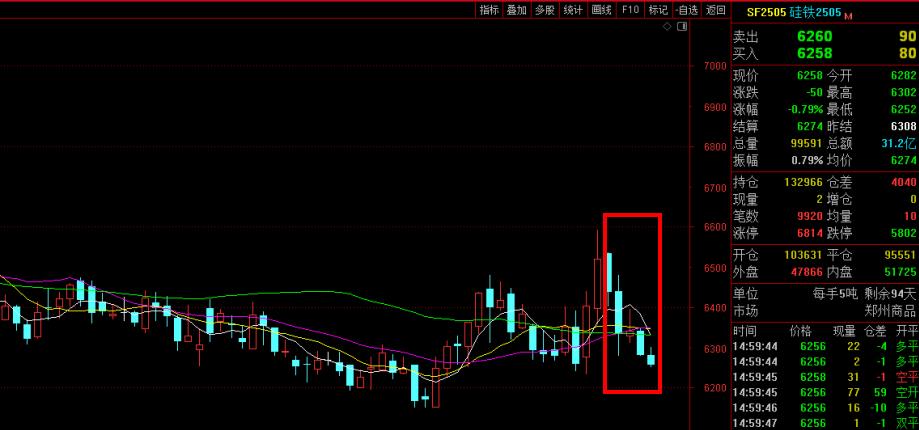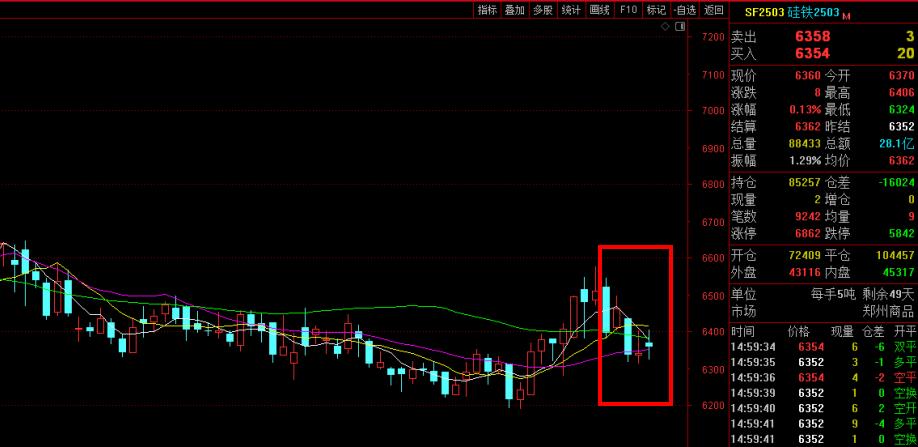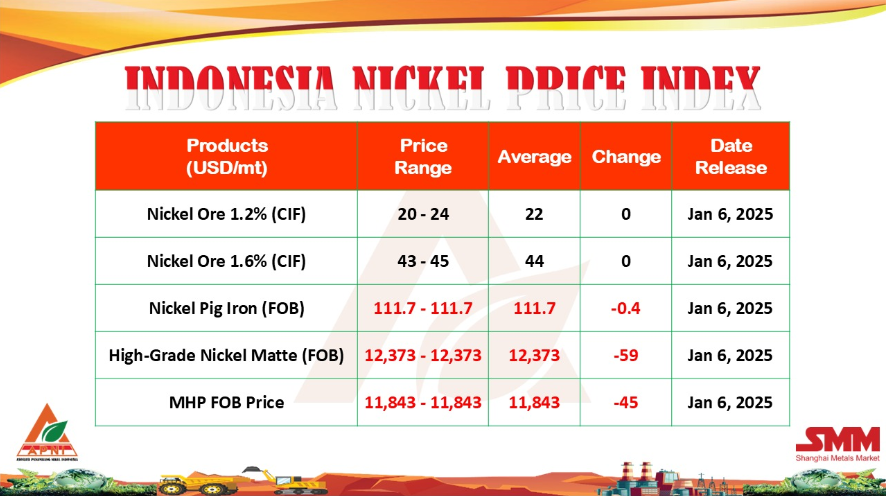Seeing its prospects falter in the United States, solar thermal project developer SolarReserve is teaming up with the world’s largest coal provider to find better prospects for the technology in China.
The company’s deal with Shenhua Group, which calls for 1,000 megawatts of solar capacity to be developed and built in the coming years, could be an important step forward in China’s effort to reduce its dependence on coal-fired power plants for electricity.
Also known as concentrated solar power, solar thermal plants use thousands of mirrors to focus the sun’s rays on a central tower, heating a liquid to make steam to produce electricity. The motorized mirrors, known as heliostats, track the sun’s path over the course of the day. Once touted as the next generation of solar power, the technology has largely stalled in the U.S., where environmentalists’ concerns over bird deaths (estimates of which have been shown in recent studies to be overstated) and the high cost of the electricity produced have effectively halted new projects (see “Ivanpah’s Problems Could Signal the End of Concentrated Solar in the U.S.”).
In energy-hungry countries like China that lack access to abundant low-cost natural gas, however, solar thermal evidently still has a future.
The Chinese government has said it plans to develop 10,000 megawatts of solar thermal capacity by 2020 (there are 16 solar thermal plants planned or under construction in China today, according to CSP World, a website that focuses on solar thermal power; only a handful of pilot plants, each one megawatt or less in size, are operating). The SolarReserve system is especially attractive to Chinese operators because it uses molten salt, heated to over 1,000 °F by the concentrated rays of the sun, as an energy storage medium. That allows solar thermal plants to continue supplying power when intermittent forms of renewable power, such as conventional solar and wind, cannot. The molten salt can also absorb and store excess energy from the power grid for later release.
China’s renewable energy market has been “dominated by solar PV and wind,” says SolarReserve CEO Kevin Smith. “But they’ve realized those are only part of the solution.”
Demand for renewable energy in China is certainly growing; under the Paris climate accord the country aims to get 20 percent of its electricity from renewable sources by 2030. But coal still supplies more than 60 percent of the country’s electricity, and the future of a sophisticated, relatively high-priced form of power generation such as solar thermal in a country where millions of homes were until recently still heated with coal braziers is far from certain.
The Shenhua agreement is, for the moment, unspecific: the number and size of the individual projects that will make up the 1,000-megawatt total have not been determined, and SolarReserve declines to comment on the price of the megawatt-hours those projects will provide. The installations will be located in China’s arid interior, which means that large transmission lines will be required to send the electricity to the big cities of the coast. But “the robust solar resource and high altitudes” of the country’s hinterlands, says SolarReserve’s senior vice president of development Tom Georgis, “are ideal” for its molten salt tower technology.
More ideal, it seems, than the United States. Other international projects are under way in Chile, South Africa, and Israel, from both SolarReserve and solar thermal rival BrightSource Energy. A promising technology that has stumbled in the U.S. may yet find a new way forward overseas.
- [Editor:tianyawei]



 Save
Save Print
Print Daily News
Daily News Research
Research Magazine
Magazine Company Database
Company Database Customized Database
Customized Database Conferences
Conferences Advertisement
Advertisement Trade
Trade














 Online inquiry
Online inquiry Contact
Contact

Tell Us What You Think